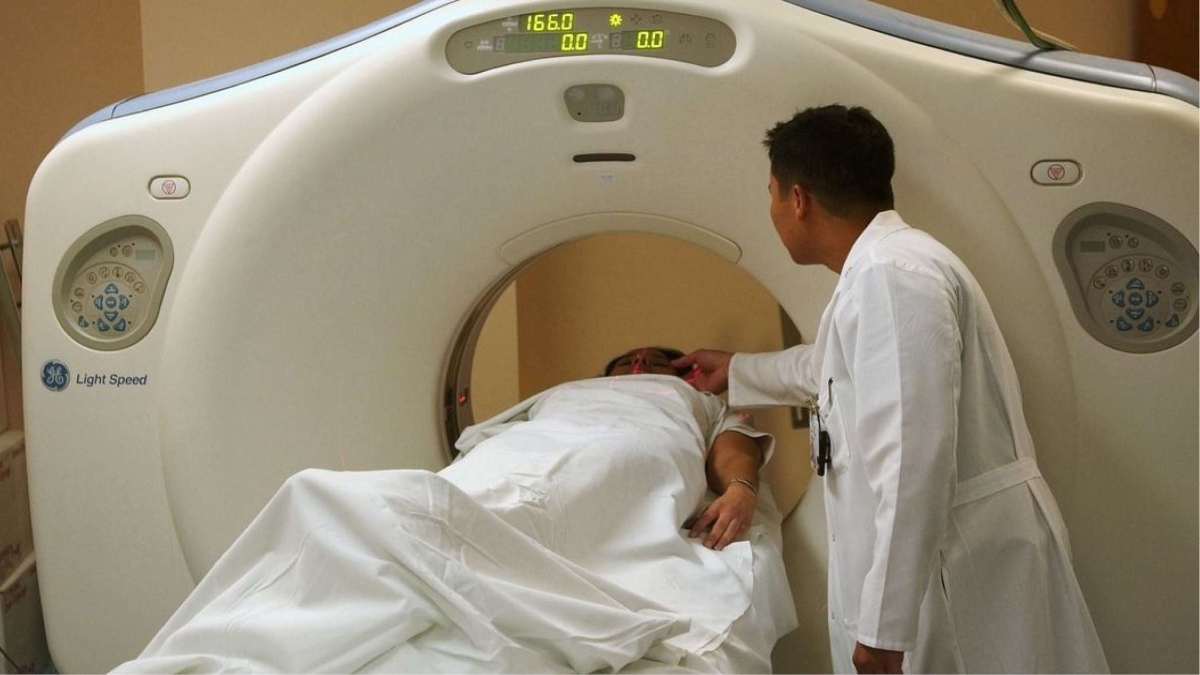
Cancer—or the ‘Big C’, as we call it—is chronic yet curable, provided that it is diagnosed early and healthcare costs are affordable. According to the WHO’s GLOBOCAN report, 19.3 million new cancer cases were diagnosed in 2020, and this is likely to grow by 27.5 million cases each year. By 2025, India is expected to see a rise of 12% in the number of cancer cases, adding another 1.56 million to the disease burden, reports the ICMR.
This rings an alarm bell as our health systems are overburdened and fragile. The pandemic has further exposed how the response of health systems to the chronic diseases can take the back seat with the onset of new and emerging infections. A report by the Indian Institute of Health Management and Research reveals that India has only over 1,250 oncologists currently, against the estimated need for 5,000. The lack of trained manpower for mass screening programs and required infrastructure portrays further apathy. India has about 27 dedicated cancer hospitals and an additional 300 general or multi-specialty ones providing care to cancer patients. There are an estimated 2,700 mammograms installed in India, which represents less than 5% of that in the United States. The enormous treatment costs for cancer further add to the problem. The baseline cost of treatment hovers around Rs. 3-4 lakhs, which, at times, is higher than the annual income of over 80-85% of households.
This is where emerging technologies like artificial intelligence (AI) and machine learning (ML) can play an important role. This is due to the fact that a large amount of data, which is generated during treatment, can be used to come out with clinically tangible outputs.
There are three key areas where AI can play a role in addressing cancer. Firstly, AI enables an early diagnosis through image analysis. This breakthrough has been catalysed by the development of the convolutional neural network (CNN) which can analyse pixel-level information from images. Clinical photographs, radiographic imaging and digital pathology come under its domain. Some initial research papers reveal that CNN trained on 130,000 skin images was able to classify malignant lesions of the skin with higher sensitivity and specificity than a panel of 21 board-certified dermatologists.
Secondly, AI and ML can be used for personalised treatment and medicines by making use of the patient’s electronic health records, data from sensors and wearables. By using medical history and the characteristics of the tumour, AI has the potential to come up with multiple treatment options for patients. The Natural Language Processing techniques based on AI have shown potential in predicting the development of diseases across healthcare systems. A noteworthy example from a group at Mount Sinai is a DL-based AI algorithm modelling EHR, which was able to predict the development of a variety of diseases with 93% accuracy overall, including cancers of the prostate, rectum and liver. In the near future, we can expect AI to scan large datasets and detect individual patients’ response to treatment.
Thirdly, AI can be used in drug development. There are multiple stages of drug discovery and AI can be used in new drug discovery by designing protein structures, target validation and managing drug trials. It is expected that with the introduction of AI, not only will the costs of drugs reduce, but it will also enhance the drug discovery process, which currently takes as long as 10-15 years.
AI is all set to be the game-changer in healthcare. We have several start-ups and industries leveraging its power and making a difference on the ground. Being a clinician and public health professional, I strongly believe that the use of technology always lies in supplementing and augmenting the capacity of the health workforce rather than replacing them, which will never be possible. AI should not be seen as a tool for not merely diagnosing diseases but for using large volumes of data in better clinical decision supports.
However, to harness the use of this technology in oncology requires efforts which are collaborative and multidisciplinary and which overarch computer science and medicine. This collaboration involves multiple industries gaining equitable access to large volumes of annotated data and conducting the unbiased training of machine-learning algorithms.
The use of any technology also calls for vigilance and accountability. Hence, issues with AI, including scalability, ethical and legal considerations, and efficacy, will need to be addressed. It is imperative to ensure that the data generated is standardised and anonymised. Other obstacles include validation and proving generalisability, concerns over interpretation, and the widening knowledge gap between clinical and data science experts.
However, as we stride forward in a world of limited resources and widening inequalities, we will need technologically adept solutions which can provide affordable, accessible and quality healthcare to the population at large. AI and ML will play a pivotal role in reducing the burden of disease in populations with poor access to high quality care and set the stage for future entrepreneurs to develop AI-assisted technologies using human-centred design.
The writer is Lead, Healthcare at the World Economic Forum and the founder of Samarpann.
AI is all set to be the game-changer in healthcare. We have several start-ups and industries leveraging its power and making a difference on the ground. Being a clinician and public health professional, I strongly believe that the use of technology always lies in supplementing and augmenting the capacity of the health workforce rather than replacing them, which will never be possible. AI should not be seen as a tool for not merely diagnosing diseases but for using large volumes of data in better clinical decision supports.